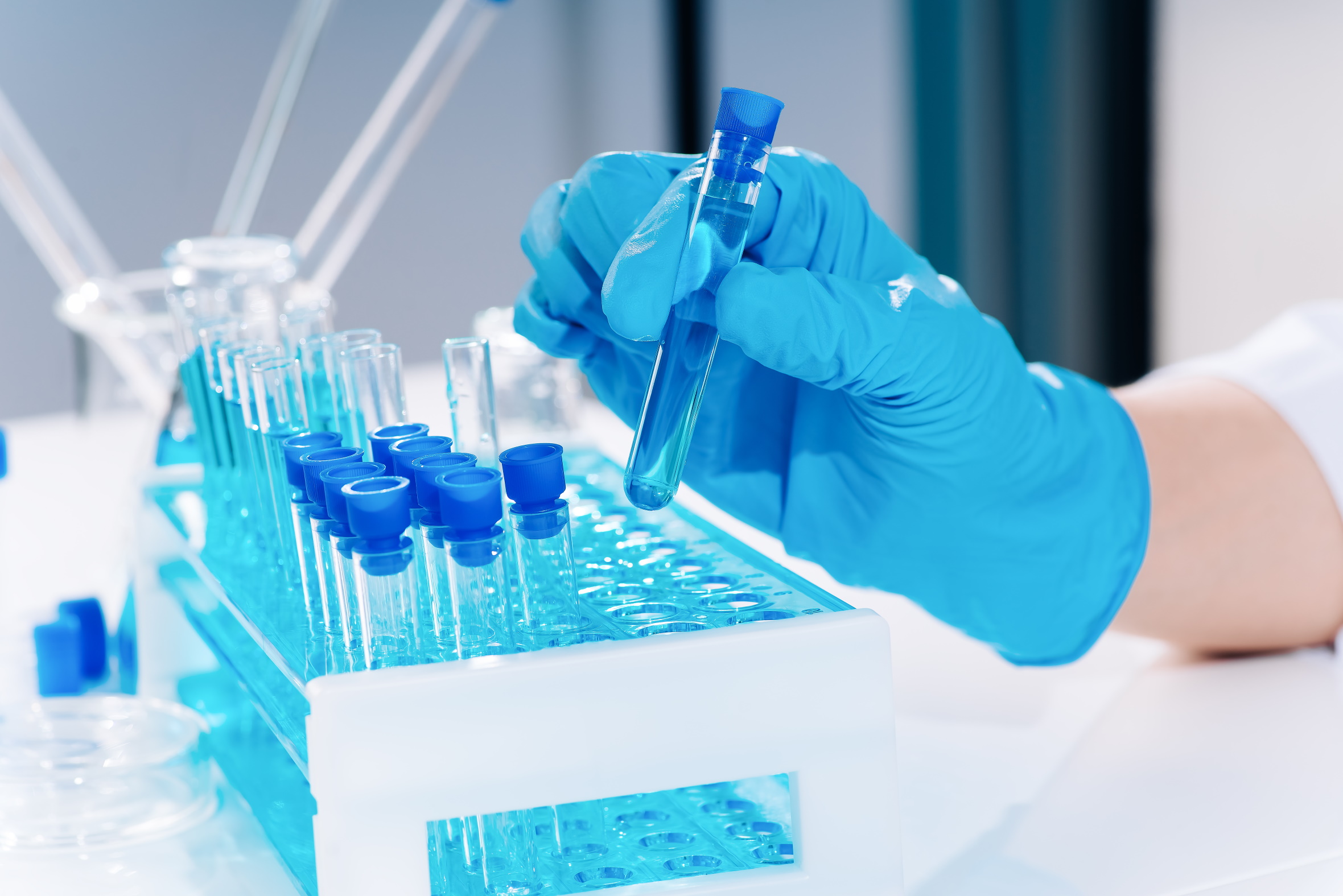
Revolutionary Glucose-Responsive Delivery System Hydrogel Holds Promise for Diabetic Wound Healing
In a revolutionary development, nucleic acid therapy emerges as a potential game-changer in wound healing by modifying gene expression. However, challenges in protecting the nucleic acid payload, ensuring efficient bioresponsive delivery, and achieving effective cell transfection have long emerged. Now, researchers show a cutting-edge glucose-responsive gene delivery system tailored to treat diabetic wounds with minimised side effects.
A team of visionary scientists has designed a GOx-based glucose-responsive delivery system, encased within fibrin-coated polymeric microcapsules (FCPMC) using the state-of-the-art layer-by-layer (LbL) approach. This revolutionary design allows for the simultaneous delivery of not one but two different nucleic acids, increasing the potential therapeutic impact.
Extensive in vitro studies have demonstrated the FCPMC’s remarkable capacity to efficiently load multiple nucleic acids in polyplexes, releasing them gradually over extended periods without any harmful cytotoxic effects. Equally impressive, in vivo experimentation on genetically diabetic db/db mice has yielded incredibly positive results. When applied to wounds, the fabricated system demonstrated its ability by boosting reepithelialisation and angiogenesis while reducing inflammation.
The team’s glucose-responsive fibrin hydrogel (GRFHG) exhibited remarkable abilities to upregulate essential proteins, such as Actinin Alpha 2, Myosin Binding Protein C1, and Desmin, all critical players in the wound healing process. This further validates the developed system’s immense potential and ability to reinforce the body’s natural healing mechanisms.
The fabricated hydrogel is a lighthouse of hope for diabetic wound healing, inspiring a wave of optimism among researchers, medical practitioners, and patients alike. Moreover, the system’s versatility opens doors to endless possibilities, as it can be easily encapsulated with various therapeutic nucleic acids, further accelerating the healing process.
In conclusion, it can be said that the breakthrough glucose-responsive delivery system has set the stage for a transformative paradigm shift in wound healing. This cutting-edge innovation not only holds the potential to revolutionize diabetic wound treatment but also paves the way for new therapeutic avenues in the broader domain of regenerative medicine.
Authors: Juan Manuel Uribe-Gomez, Bohara Raghvendra
Links
https://onlinelibrary.wiley.com/doi/full/10.1002/adbi.202300161
Keywords
Nucleic acid therapy; Hydrogel; Glucose-responsive; Diabetic wounds; Fibrin-coated; Polymeric microcapsules; Gene expression modification; Layer-by-layer approach; regenerative medicine